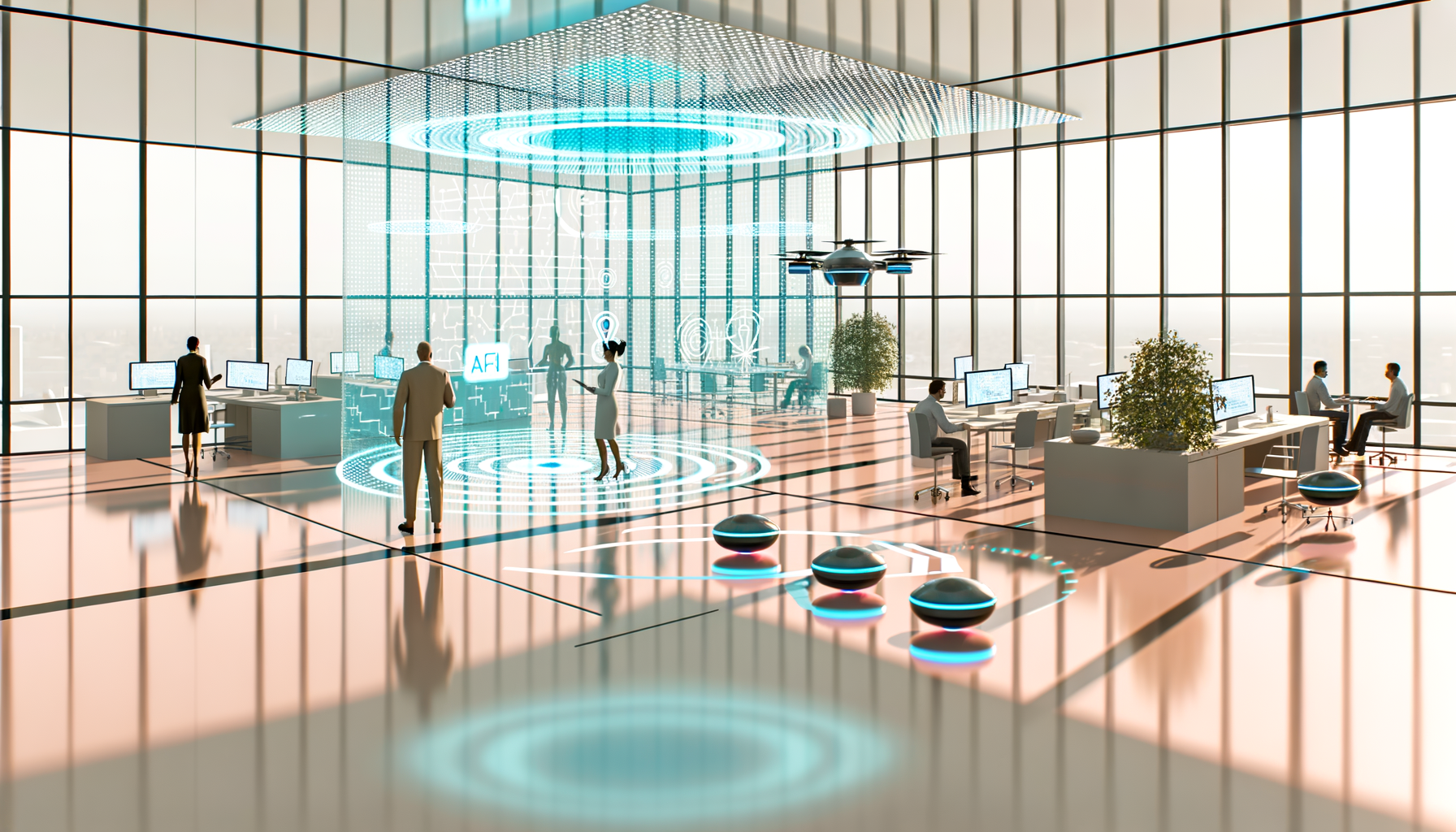The Shift from AI Agents to Empowering Agentic Workflows
In recent years, we’ve been witnessing a remarkable transformation in the world of technology—particularly with the rise of Autonomous AI Agents. These AI systems are designed to handle a series of complex tasks independently, often performing jobs that were once thought to require human intervention. But as we delve deeper into this fascinating evolution, we realize that the boundaries of AI are expanding beyond mere automation. We’re seeing a shift towards what we can call “empowering agentic workflows.” So, what does this mean? Let’s explore the shift from AI agents to these new, dynamic workflows that put both humans and AI at the forefront of productivity and creativity.
Understanding Autonomous AI Agents
At its core, an Autonomous AI Agent is a system equipped with the capability to interpret data, make decisions, and execute those decisions without human input. Imagine a robot that can learn from its environment, adapt to changes, and even find solutions to problems it has never encountered before. This technology uses algorithms and machine learning to improve its functionality over time.
Some common examples include virtual assistants, like Siri or Alexa, that can answer a question without any prompts, or self-driving cars that navigate streets without a driver’s help. These systems show us the potential of AI on a functional level, but they also present limitations when it comes to creativity, emotional intelligence, and complex decision-making in unpredictable situations.
What Are Agentic Workflows?
Agentic workflows integrate human creativity and flexibility with the efficiency of AI. In this model, the AI becomes a partner rather than an independent operator. Instead of simply executing commands, these workflows foster a collaboration between humans and machines, enabling both to excel in their capabilities.
For instance, in a marketing department, an Autonomous AI Agent might help analyze data trends and suggest strategies. However, it is the humans in the department who add insight, emotional understanding, and creativity to those strategies, refining them for the target audience.
The Benefits of Empowering Agentic Workflows
As we transition from traditional AI agents to empowering agentic workflows, several benefits stand out:
- Enhanced Creativity: By combining AI’s analytical abilities with human creativity, organizations can innovate in ways that were previously impossible.
- Improved Decision-Making: Humans make better choices when they have access to data-driven insights provided by AI, which can analyze massive amounts of data quickly.
- Greater Flexibility: When humans interact with AI systems, they can adjust operations in real-time, allowing teams to pivot strategies as necessary.
- Increased Productivity: Automating repetitive tasks means that human workers can focus on more meaningful and complex activities.
Real-World Examples of Empowering Agentic Workflows
To put this into perspective, consider the healthcare industry. AI systems can assist doctors by sifting through vast amounts of patient data to present relevant medical histories or potential diagnoses. Here, the AI acts as a powerful tool to improve patient care, while doctors apply their expertise and empathy to make the final decisions.
Another example can be found in design studios. AI tools can help automate repetitive tasks such as generating layouts or analyzing customer preferences, while designers focus on the creative aspects, like crafting unique brand identities or conceptualizing marketing campaigns.
Challenges and Considerations
While the shift towards empowering agentic workflows brings promising prospects, it also raises important questions:
- Trust in AI: How comfortable are workers in relying on AI systems? Trusting in a machine’s decisions can be challenging, especially in sensitive areas like finance or healthcare.
- Job Redundancy: As AI becomes more capable, there’s the fear that some jobs may disappear. However, the focus should be on reskilling workers to thrive alongside AI.
- Data Privacy: Empowering AI to work closely with human workflows requires careful consideration of how personal data is used and protected.
The Future: A Collaborative Environment
As industries evolve, the question isn’t whether AI will replace human jobs, but rather how it will transform the way we work. The future lies in nurturing a collaborative environment where humans and AI coalesce their strengths.
According to a report from the World Economic Forum, AI is projected to create more jobs than it displaces, requiring new skills and approaches to work that emphasize creativity and emotional intelligence—qualities that AI simply cannot replicate.
Conclusion
The journey from Autonomous AI Agents to empowered agentic workflows is an exciting one, laden with opportunities to redefine our work. It emphasizes the importance of collaboration, highlighting how AI can augment human capabilities rather than replace them. By embracing this shift, we can unlock unprecedented levels of innovation and productivity, paving the way for a future where humans and machines thrive side by side. It’s not just about technology; it’s about creating a world where we all can excel together.
So, let’s look forward to this journey, invest in our skills, and prepare for a future where empowered workflows redefine the very essence of work!


